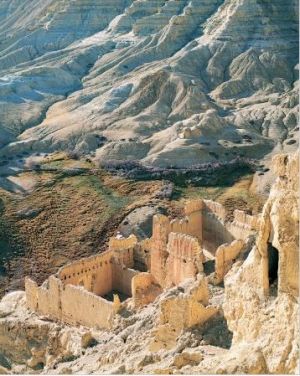Ruins of Ancient Guge
The Zada basin of the Langchen Tsangpo river valley in Ngari was the center of Guge civilization and where the Guge Kingdom once flourished.
Both Tibetan and Chinese historical documents have records about the Guge Kingdom, which was founded around the 10th century. In the later period of the Tubo Kingdom, fierce struggles erupted among the aristocracy and after the collapse of the kingdom, Kyide Nyimagon, great-grandson of the last Tubo king Lang Darma, fled to Ngari with his followers. Helped by the local chieftain Kyide Nyimagon, he founded the Guge Kingdom, claiming to be the legitimate successor to the Tibo Kingdom.
The new kingdom absorbed the civilization and culture of the central and southern Asia as well as the Han-Chinese hinterland and saw rapid growth in the military, political and economic fields. Achievements in architecture, sculpture and painting were noteworthy. The Guge Kingdom had a population of 100,000 in its heyday, of which over 5,000 lived in present day Zada. In 1630, Ladakhi troops invaded, obliterating Guge and leaving behind what we see today.
